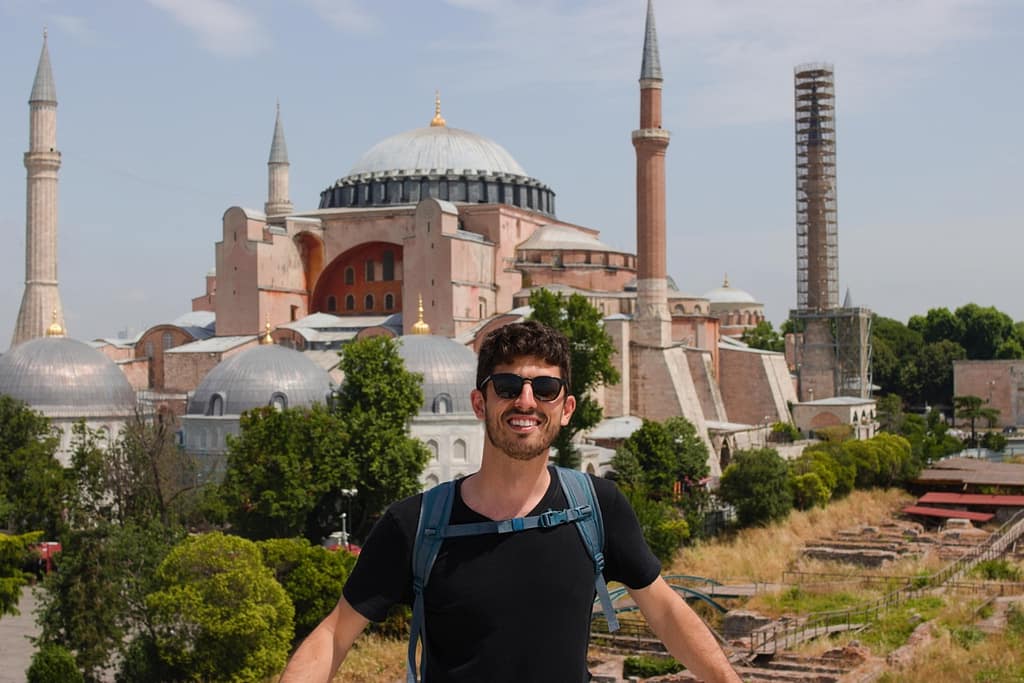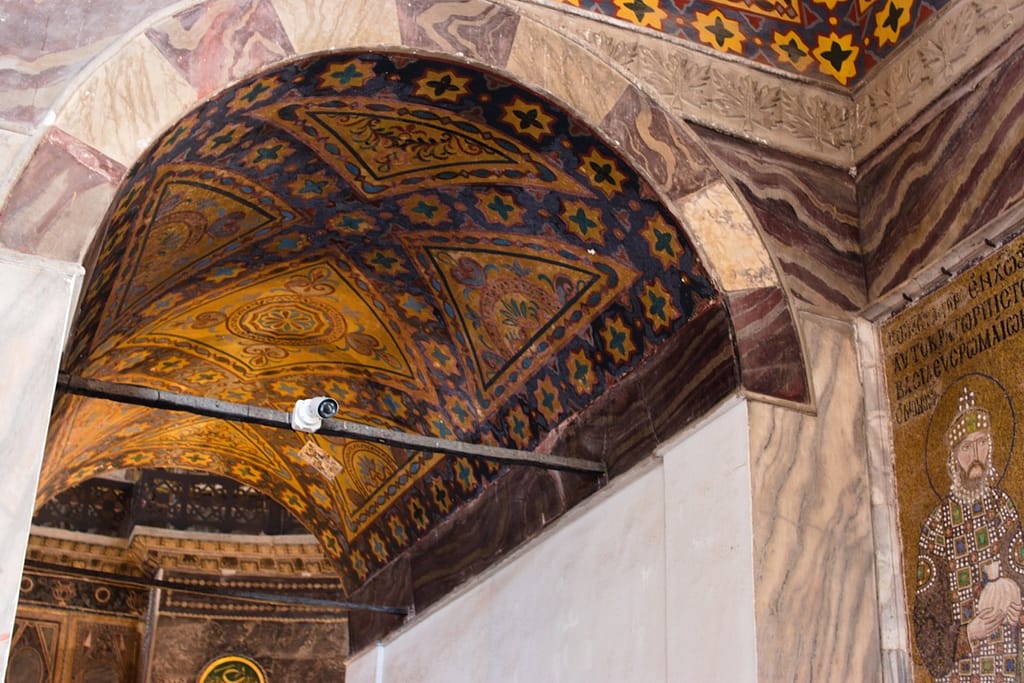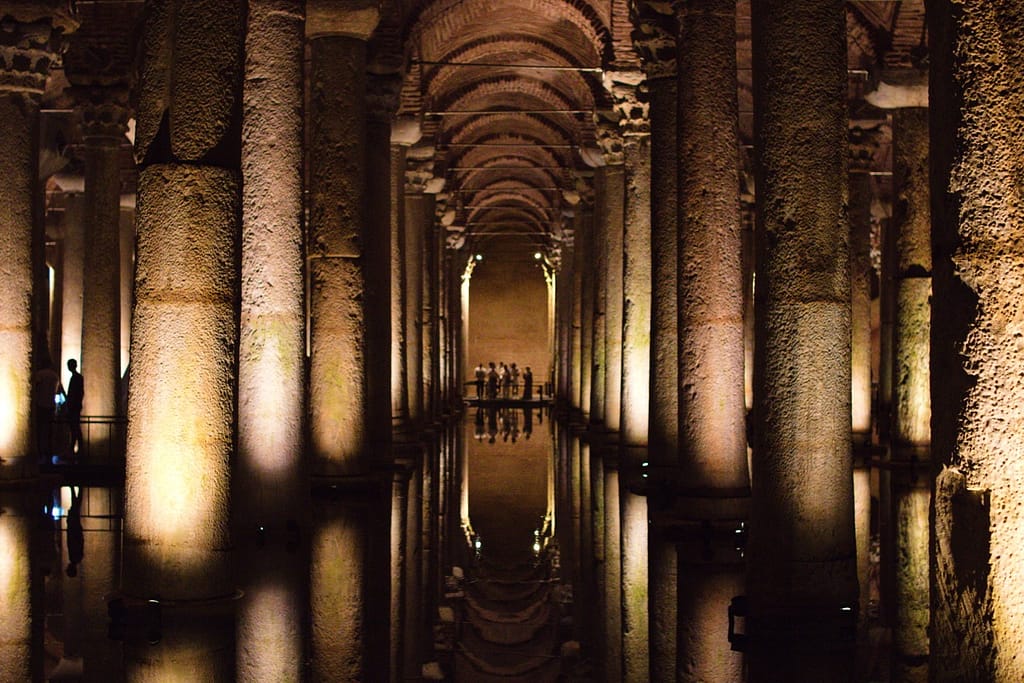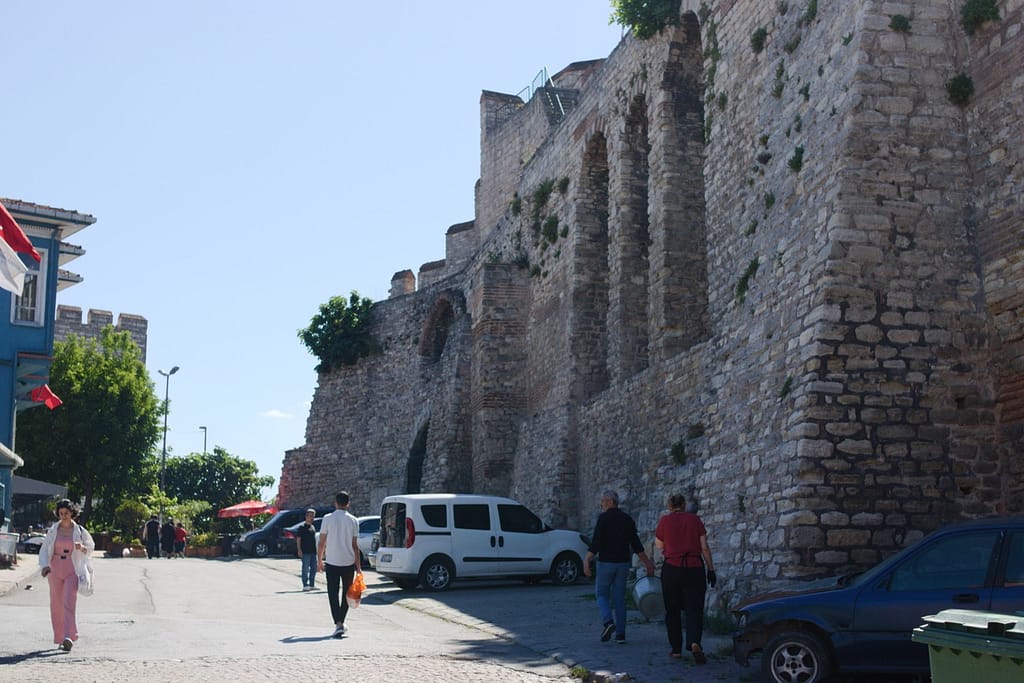I’ve wanted to visit Istanbul for a long time. When I lived in Spain, I dreamt of traveling there – the only city in the world that straddles two continents – Byzantium, Constantinople, names that span millennia and conjure images of previous great civilizations. But, between 2015 and 2017 Turkey and Istanbul were hit with a series of deadly bombings. I like to think that I’m a calculated risk taker, and sometimes the portrayal of a country or place as dangerous by the media is exaggerated. However, traveling to Turkey at that time was a risk I was not going to take.
Almost ten years later, in the summer of 2024, I had my chance when I graduated from grad school. My post-graduate trip included a week in Istanbul and it was one of the places I was most excited about visiting. Turkey now has become relatively safe. I think it’s possible that it will always remain a target for terrorist attacks, but almost every country is. I had planned a week in Istanbul because I wanted to take in the city, leisurely explore it and see everything that it has to offer. Plus, I was tired; I had been moving around a lot, especially through Switzerland, my previous stop. I needed a place where I could settle and Istanbul was the perfect place for that.
A Rich History
Turkey has a rich historical legacy stretching back thousands of years. The region was first home to ancient civilizations and later became part of the Roman Empire, with Istanbul (formerly Byzantium) at its heart. It later became Constantinople, the capital of the Byzantine Empire and a major center for Christian culture and power.
In the 1453, the Ottoman Turks conquered Constantinople, transforming it into Istanbul and making it the capital of the Ottoman Empire. The Ottoman Empire lasted for 600 years and was known for its cultural tolerance and scientific advancements.
After WWI, the Empire collapsed, and the Republic of Turkey was established. Former lands under its empire became new states in the Middle East and Eastern Europe. Today, Turkey is a complex blend of “democracy,” its president, Erdogan, has been in power since the early 2000s and has severely restricted freedoms in the country while giving himself more power.
The City
Istanbul is a city on two continents. It straddles both Europe and Asia, divided by the Bosporus. The European side is further divided by the old city, which sits on the southern tip of the historic peninsula, and the “new” city on the other side of Galata Bridge. The European side’s Old Town is a complex web of narrow, labyrinth-like streets that contains most of the historic sites, like the Hagia Sophia, the Blue Mosque, the Basilica Cistern and countless others representing a piece of Istanbul’s layered past. There are an abundance of neighborhoods to explore where different cultures and eras blend into one.
The Asia Side
The Asia side of Istanbul has a more laid-back vibe compared to the European side. It doesn’t have any of the monuments or sites like the European side and has a suburban-city-like feel to it. The streets are filled with cafes and markets. It feels more residential, slower-paced and less touristy. It’s a refreshing contrast and the ferry ride over is a great way to see more of the city.
The hostel I stayed in was in the heart of the old town on the European side and was only a short walk away from the Hagia Sophia. The street it was on had a beautiful view of the Hagia Sophia and the hostel had one of the best views of the historic building from its rooftop bar. The breakfast was the best I’ve ever had from a hostel, an amazing assortment of fruits and Turkish food. It wasn’t until I was in Turkey that I became aware that Turkish breakfast was a coveted thing, well known by many. I didn’t go out for one because it felt silly when the hostel had such a fantastic one.
Since I was staying in the same hostel for a full week, I got the chance to connect with the different people who came and went in my shared 8-person room. With everyone staying for varying lengths of time, new arrivals ended up fitting in just as well as those who had been there longer. A good dorm and hostel really make a difference—they become your buddies for exploring the city, temporary travel buddies in other countries, and sometimes even friends for life.
The City of Mosques
Istanbul is the city of has of mosques, there is an abundance, almost one on every corner. The most famous are the Hagia Sophia and the Blue Mosque. They sit across from each other, rivaling each other in beauty.
The Hagia Sophia
The Hagia Sophia stands as one of history’s most iconic buildings. It was originally constructed in the 6th century as a Christian cathedral. For nearly a thousand years, it was the world’s largest cathedral until the Seville Cathedral in Andalusia, Spain surpassed it in the early 16th century.
Following the Ottoman conquest in the 15th century, it was converted into a mosque, adding minarets and Islamic features while preserving much of its original Christian artwork. This transition symbolized a cultural shift, making Istanbul the heart of the Ottoman Empire. In 1935, it was transformed into a museum and then, in 2020, it was reconverted into a mosque. This has caused both a political and religious divide within the country. A government that claims to be secular, clearly isn’t. As a result, UNESCO stated they will review its status as a world heritage site. A site that used to be accessible to everyone is now only accessible for Muslims during time of prayer. Non-Turkish Muslims also have to pay to enter, barred from accessing a monument that is as equally important to their religion and part of the same culture.
I was contemplating whether to go. Since January 2024, Turkey has imposed a $30 entry fee for tourists at all historical sites and museums within the city. As a visitor, I don’t mind paying more than locals, but after seeing the Hagia Sophia, the fee felt excessive. You are only allowed on the second-floor balcony. This makes it impossible to see the famed Viking graffiti on the upper floors, something I was looking forward to (recommended in the Atlas Obscura guide). They covered the entire floor with a green carpet. The beautiful marble and its inlays – a huge part of the majesty of the place are now gone. You can no longer access most of the square footage or appreciate the full height of the dome from the bottom floor.
Seeing it was impressive and I’m glad I did. It’s an architectural wonder, one that has managed to withstand centuries of destruction and continues to stand. It’s just a shame that it feels like an exploitation of a historic site in an attempt to get as much money as possible.
The Blue Mosque
The Blue Mosque, on the other hand, is free. It sits right across from the Hagia Sophia and was built in the 17th century. It gets its name for the blue tiles that line its interior. Unlike most mosques, it has six minarets, due to an apparent misunderstanding between the Sultan and the architect. It just shows how important client–architect relationships are.
Architecturally, it’s a blend of Byzantine and traditional Islamic styles. Compared to the Hagia Sophia, it feels more open and light filled. Of course, it was built much later, and while the Hagia Sophia spans empires, religions and roles, the Blue Mosque was built as a mosque and remains a mosque, representing the peak of Ottoman architecture.
The Basilica Cistern
The Basilica Cistern is an ancient underground water reservoir, originally built in the 6th century. It is right next to both the Hagia Sophia and Blue Mosque. It is vast, the largest in the world, with a forest of columns, over 300, salvaged from temples. Two of the most famous columns are in the shape of a Medusa head, placed upside down and sideways. Various other art installations are placed throughout the Cistern, some adding to the experience, others more gimmicky.
The Walls of Constantinople
The Walls of Constantinople don’t disappoint and are some of Istanbul’s oldest and most impressive structures. They were originally constructed by Emperor Constantine the Great in the 4th century and later expanded and fortified in the 5th century.
Over the centuries, the walls endured countless sieges and were only breached once in 1453 by Ottoman Sultan, Fatih the Conqueror. I spent an afternoon on the European side walking along the ancient fortification, tracing the path where they once existed or continue to exit. In some cases, the city is built around them, crossing streets, with new structures are built into or around them. They are impressive and a representation of the city’s storied history and a testament to the strength of the civilization that built them.
Istanbul turned out to be a fantastic experience, a city that effortlessly blends history, culture, and energy. Taking my time to explore its neighborhoods, landmarks, and everyday scenes allowed me to feel connected to the place. It was about experiencing the city’s unique rhythm, eating grilled corn from the street vendors and sitting on benches while the sun set, without feeling the need to rush anywhere. I’m glad I dedicated a full week to immerse myself. A week in Istanbul gave me the chance to pause, reflect, and appreciate a place I had wanted to go to for a long time.
The City of Cats
Oh, and I almost forgot—the cats! There are more cats roaming the streets of Istanbul than I’ve ever seen in all the cities I’ve visited combined. But unlike strays elsewhere, these cats are incredibly well cared for. They’re clean, well-fed, and seem as comfortable lounging around the city as they would be in someone’s home. You’ll find them stretched out on park benches, curled up in shop doorways, perched on subway turnstiles, and just about anywhere they feel like being. From what I understand, it’s tied to Islam. They are an integral part of Istanbul’s character and I wouldn’t be surprised if the heritage of some cats is as old as the Hagia Sophia.






































































